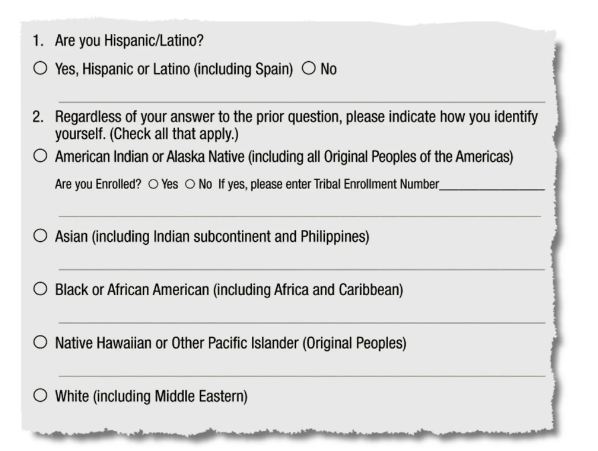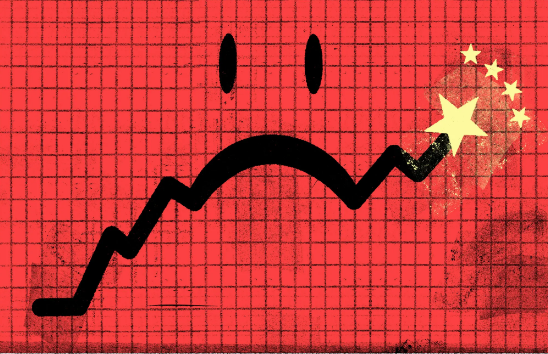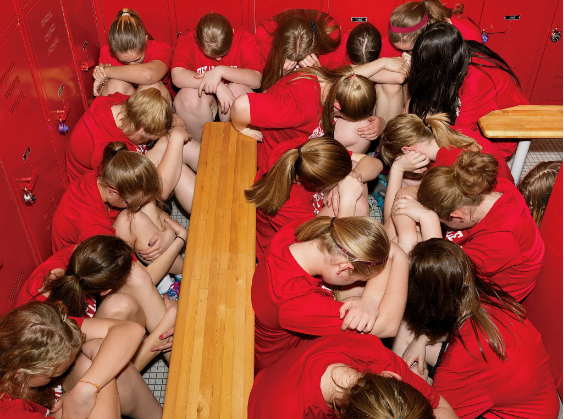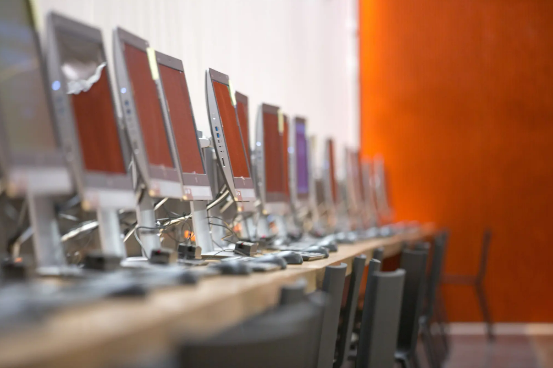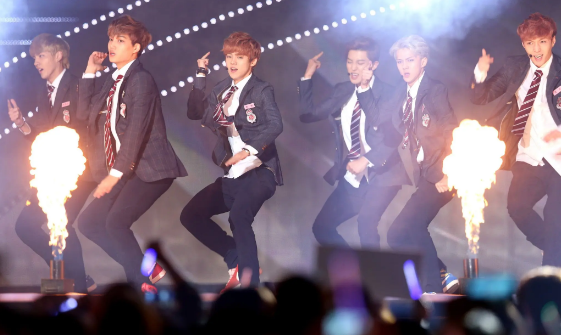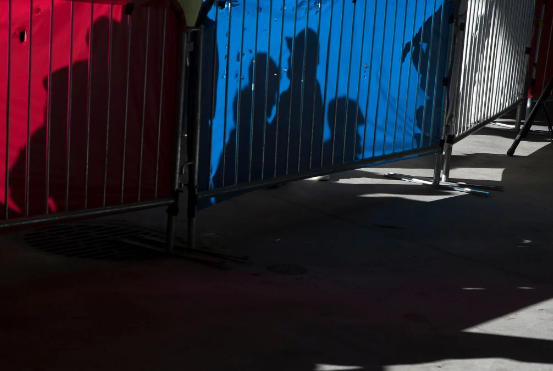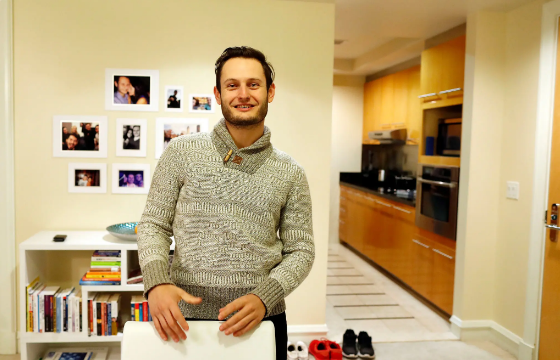
。。。哈立德·阿卜杜拉/路透社
我们每天发表一篇文章,以表彰第四届年度学生社论大赛的前 10 名获奖者。
下面是莎拉·海兰德(Sarah Heiland)的一篇文章,18岁。
The Collateral Damage of Defending Democracy
CIA-operated drones are leaving an unjustifiable amount of damage in their wake. Fahim Qureishi was thirteen years old when seven of his family members were massacred, he lost one eye and had shrapnel impaled in his stomach. Sadaullah Wazir was fourteen years old when four of his family members were murdered and he had both of his legs amputated. Nabila was eight years old when her grandma was obliterated in front of her, and Nabila suffered from severe burns and shrapnel in her shoulder. All of these children paid a high price despite the fact that there were no militants present.
When drone operators aim for specific individuals in what Barack Obama termed “targeted killing,” the intended target is rarely killed the first time. In running multiple airstrikes, many innocent lives are taken as collateral. United States’ officials claim that these strikes are “precise” even though they are based off intelligence that has resulted in twenty-eight people being sacrificed for every suspected criminal. In Pakistan, twenty-four men were targeted, but 874 people were murdered including 142 children. John Brennan, former CIA director, stated in 2011 that drone strikes apply “targeted, surgical pressure to the groups that threaten us,” but Fahim, Sadaullah and Nabila were not dangers to national security. Therefore, these drone strikes must end as there is no way to prevent innocent lives from being lost in an attack that may not even eliminate a potential threat.
Under international human rights law, the targeted individual must pose an imminent threat that only lethal force can prevent. Furthermore, Article 6 of the International Covenant on Civil and Political Rights states that “no one shall be arbitrarily deprived of his life.” Simply being suspected of some connection to a “militant” organization or fitting the profile of a terrorist in an area where terrorists are known to operate is not legally sufficient to make someone a target for killing. The United States cannot constantly reprimand other countries for their lack of regard about civilian life when the drone war itself overlooks these ethical values.
The United States supports the practice of due process of law and the right to life, liberty and the pursuit of happiness; however, overseas drone strikes do not uphold these values that are so frequently preached. 3,674 people in Iraq and Afghanistan have been massacred throughout this war that started with George W. Bush and still continues today. This murderous campaign is completely indefensible. The targets are only suspected of crime, and even if that suspicion was founded, executing them without a trial is unjustified. These attacks contradict the basic values of this free country, and should not be used to “defend democracy.”
Works Cited
Ackerman, Spencer. “41 Men Targeted but 1,147 People Killed: US Drone Strikes – the Facts on the Ground.” The Guardian, Guardian News and Media, 24 Nov. 2014. Accessed 21 Feb. 2017.
Akbar, Mirza Shahzad. “Obama’s Forgotten Victims.” The New York Times, The New York Times, 22 May 2013. Accessed 21 Feb. 2017.
“International Covenant on Civil and Political Rights.” International Covenant on Civil and Political Rights. Accessed 21 Feb. 2017.
“Universal Declaration of Human Rights.” United Nations, United Nations. Accessed 21 Feb. 2017.
